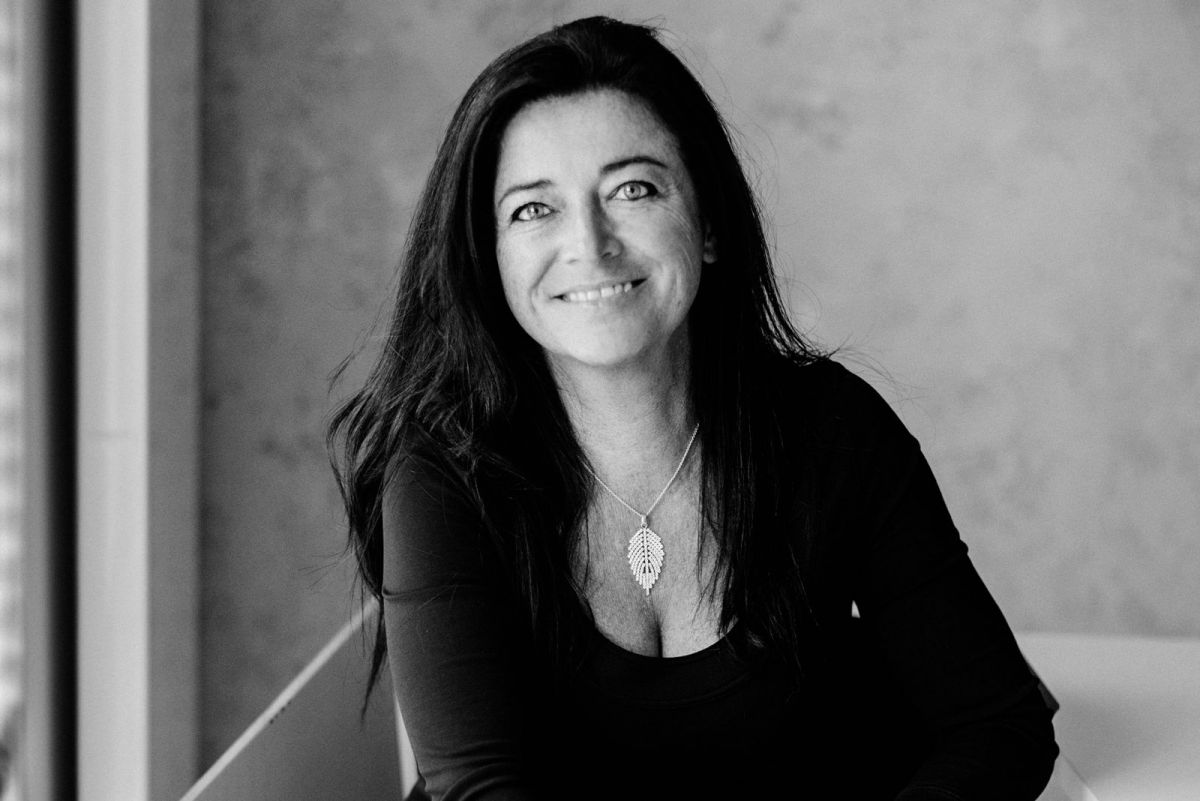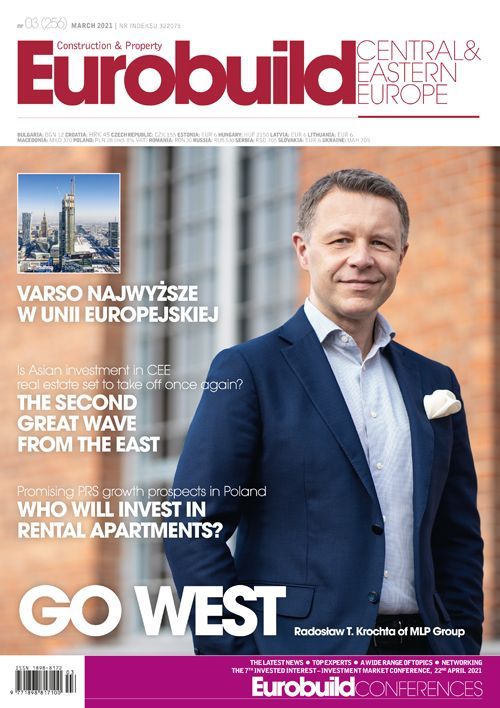Investors are doing all they can to meet the latest market expectations and put into practice the health and safety measures that have been imposed. “Extraordinary times require extraordinary measures. That’s why we have taken the decision to develop an entire arsenal of technological innovations and systems – and we have already installed some of them in our latest office projects: the Warsaw Hub and the Warsaw Unit,” claims Jarosław Zagórski, the sales and development director at Ghelamco Poland. Other developers are also introducing cutting-edge ventilation systems to their office buildings, both those under construction and those that have been built. These include permanent UV lights (Ghelamco has been fitting them in the lifts and air conditioning systems), and they are also introducing mobile apps that can be of assistance during epidemics (including the present one but also any possible future outbreaks). Hotels are trying to save their businesses by c































































